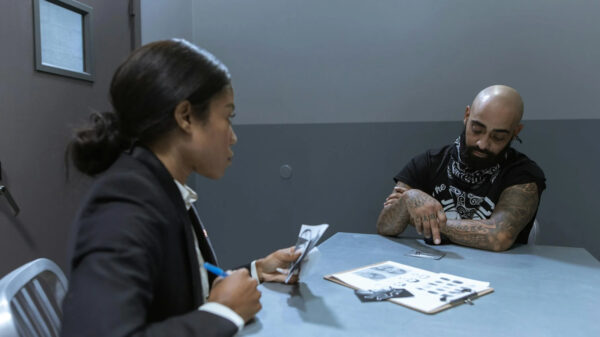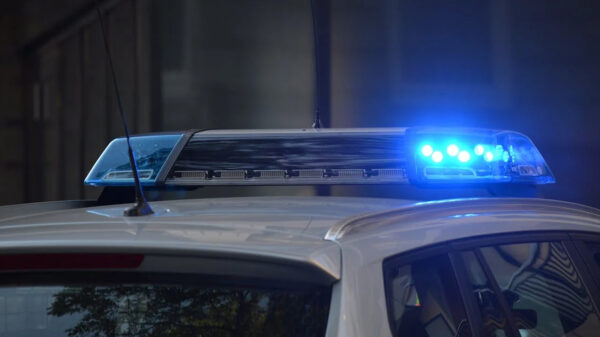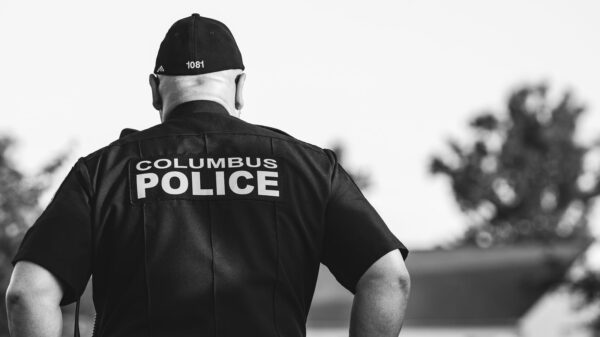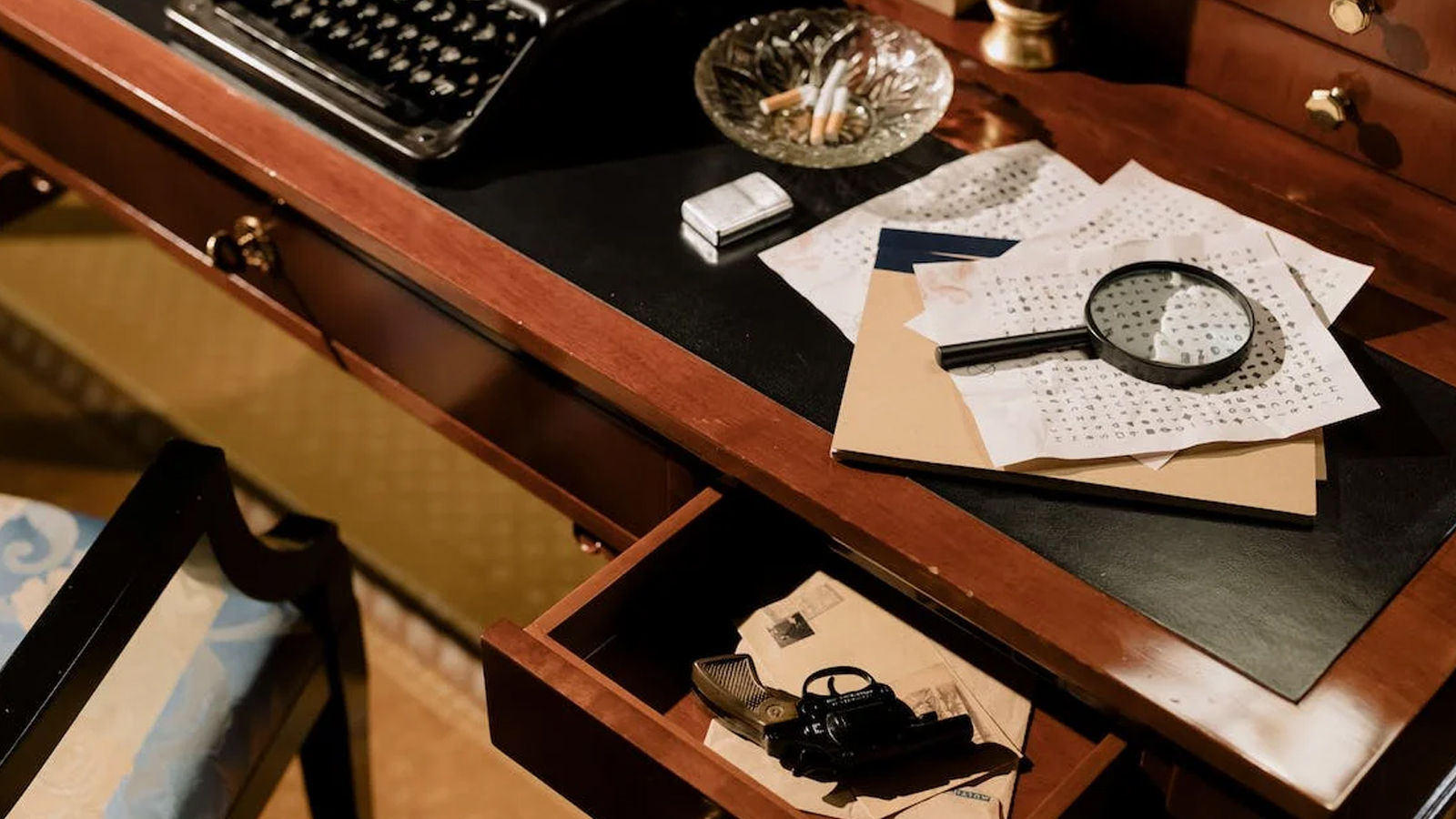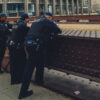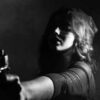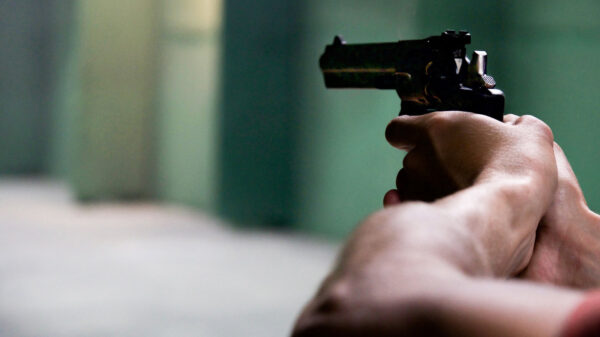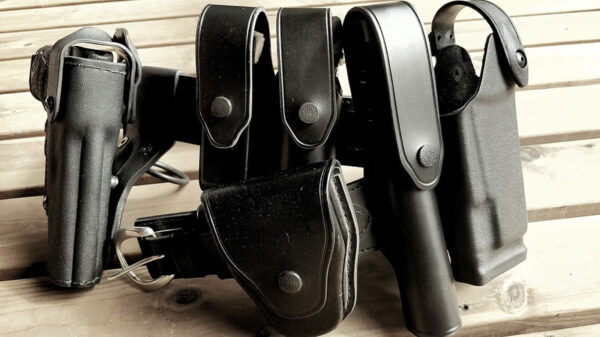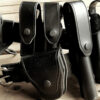Most of the time when a police officer responds to a call from a citizen, the crime is already over and the suspect is long gone. In these cases, the officer is in “documentation mode.” It’s our job to record the evidence and witness statements so that further investigation can be done in hopes of eventually identifying the suspect.
For example: one day a police officer responded to a call of a residential burglary that just occurred. When she got on-scene, the officer contacted the victim and asked him what happened. The victim explained he was home in his house when he heard a knock on the front door. He wasn’t expecting anyone, so he didn’t answer the door. A few minutes later, he heard a window break in the back of the house. The victim went to the window and saw a man standing outside. When the man saw the victim, he ran out of the backyard and entered a blue car that was parked on the street outside. The victim saw the man quickly drive away and immediately called the police.
During this investigation, the police officer took the victim’s statement in great detail; the officer knew they would have to write a report about the crime once she got back to the station. However, the police officer didn’t stop there. Instead, she went to the back window to take a look. The police officer recorded her observations about the broken window, intending to include these observations in the report.
What is the purpose of the police officer writing her own observations of the broken window? The officer wasn’t there at the time of the crime, and she had already taken a detailed statement from the victim who saw the crime take place. Why are the officer’s observations important?
The police officer in this case is performing an important function: she is corroborating the victim’s story. Although the officer may want to believe the victim, it is important for her to test the victim’s story. If the victim’s story can be supported with independent evidence, then their observations will be considered more reliable. The officer was not able to test every part of the victim’s story: the male suspect and the blue vehicle were long gone by the time she got to the scene. But because the officer could verify part of the story (that the window was indeed broken), she can infer a level of confidence about the parts of the victim’s story she couldn’t corroborate. The officer had good reason to spend the rest of the day looking for a suspect in a blue car.
In much the same way, we can test the veracity of the Bible by corroborating parts of its story. The Bible makes many claims about ancient history, about the nature of reality, and about God Himself. Many of these claims cannot be corroborated externally. Some ancient events, for example, are not mentioned by any other historical record or piece of evidence. As a result, there are claims in the Bible which may never be verified with external evidence. Because much of the Bible can be corroborated by external evidence, we can have confidence in the portions of the Bible which cannot be verified. Share on X
But we can still have confidence in the Bible’s claims by testing the portions of the Bible which can be independently verified. Many historical events mentioned in the Bible are known to have occurred through other sources. Cities and locations mentioned in the Bible have been corroborated with archaeology. Many still exist today.
Because much of the Bible can be corroborated by external evidence, we can have confidence in the portions of the Bible which cannot be verified. We can reasonably trust the claims of the Bible and act on the basis of our confidence, just as the police officer reasonably trusted – and acted – on the claims of the victim, even though she couldn’t verify everything the victim claimed.
J. Warner Wallace is a Dateline featured cold-case homicide detective, popular national speaker and best-selling author. He continues to consult on cold-case investigations while serving as a Senior Fellow at the Colson Center for Christian Worldview. He is also an Adj. Professor of Christian Apologetics at Talbot School of Theology, Biola University, and a faculty member at Summit Ministries. J. Warner presently serves as a chaplain for his agency and holds a BA in Design (from CSULB), an MA in Architecture (from UCLA), and an MA in Theological Studies (from Gateway Seminary).











